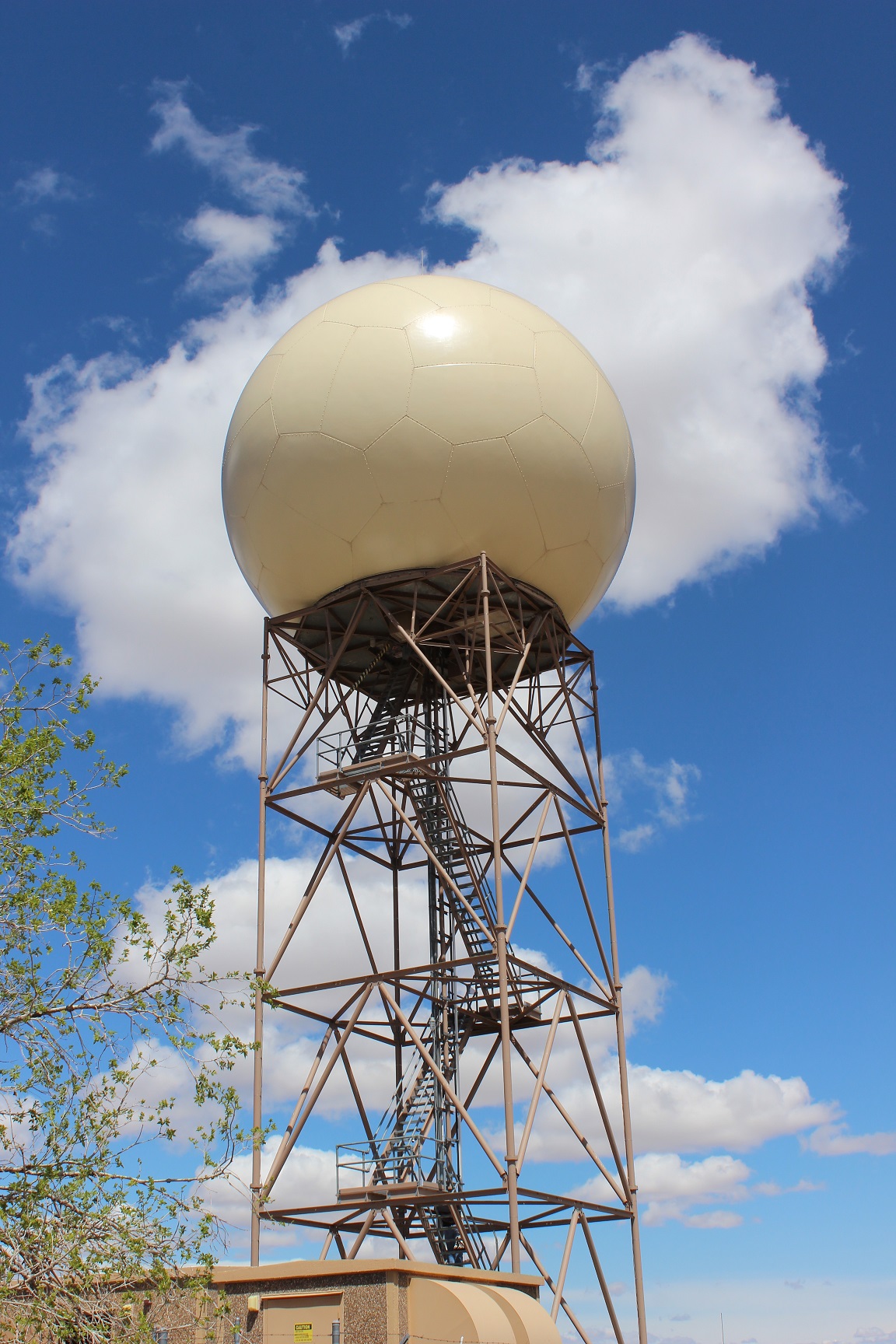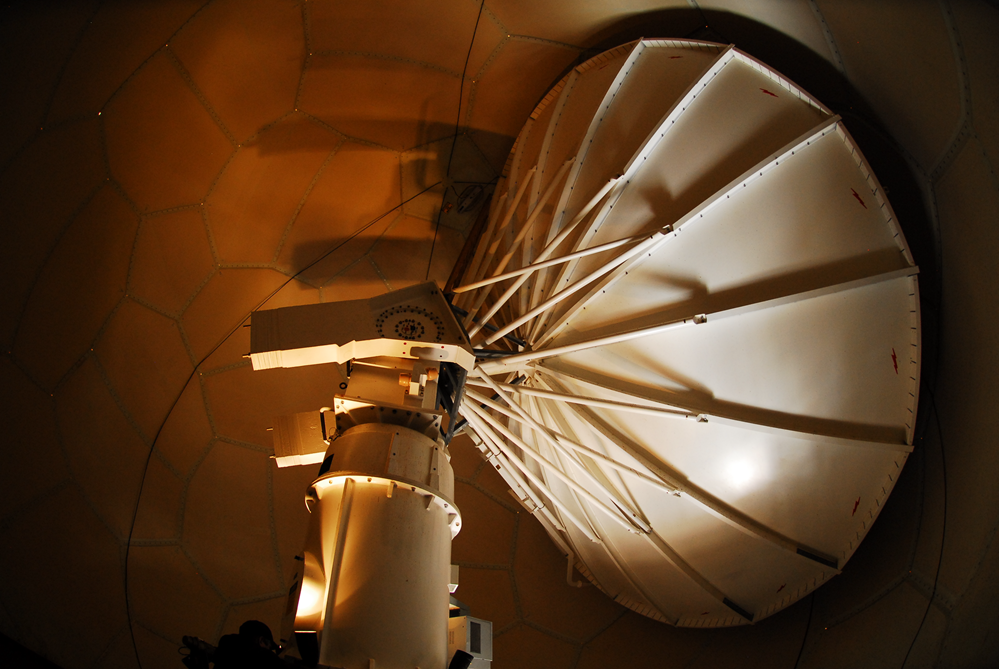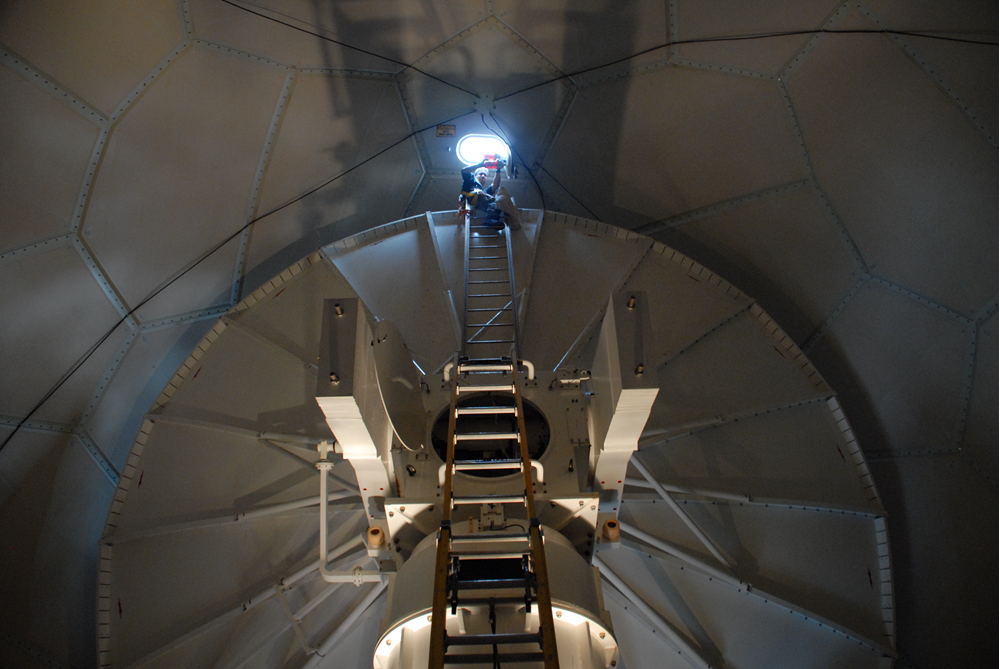
|
An important upgrade is coming to New Mexico WSR-88Ds! This upgrade is the third in a series of projects intended to extend the lifespan of the WSR-88D. These upgrades will keep the radars functioning for another 20 years or more. The first project was the installation of the new signal processor and the second project was the refurbishment of the transmitter. Both of these projects are complete. The fourth project in this series will be the refurbishment of the equipment shelters.
|
|||
|
This upgrade consists of the complete refurbishment and replacement of the radar’s pedestal assembly, including the azimuth and elevation bull gears. This is the first time the entire pedestal will be refurbished since the radars were originally installed in the 1990s. The pedestal is one of the most critical components of the radar. It is responsible for antenna rotation and positioning the radar to capture data in all directions. These components are extremely heavy and will require the radome (the large golf ball looking enclosure) to be removed by crane and replaced when the work is completed. |
 |
||
| Albuquerque WSR-88D | |||
|
Once the estimated three-week project commences, the radar cannot and will not be turned on until work is completed. This is because the process includes disassembling the antenna, removing the radome, removing the old pedestal and replacing it with a refurbished one, placing the radome back on the tower and finally, reassembling the antenna. Though this is a long period for a radar to be inoperable, the schedule has been coordinated well in advance to select a time of year most favorable for the extended downtime. Typically, we do not get widespread severe weather across eastern New Mexico in February, nor across central and western New Mexico in March. To monitor winter storms, etc, National Weather Service forecasters have a wide range of other observational systems to use while the radar is down, such as neighboring radars, satellite, ground observations, and spotters.
|
|||
 |
 |
||
| Left: A look inside the radome. The antenna rotates 360 degrees at multiple elevations 24 hours a day to get a full and detailed view of storms. Right: A technician replacing a light at the top of the radome. Both the technician and the ladder can be used for scale to show what an undertaking disassembling the antenna can be. | |||
|
This upgrade is expected to be performed at all radars covering portions of New Mexico over the next several months. Expected dates are as follows:
|
|||
 |
Cannon AFB, NM (KFDX): Albuquerque, NM (KABX): El Paso, TX (KEPZ): Holloman AFB, NM (KHDX): |
February 6th through February 22nd - Done! March 4th through March 22nd April 1st through April 19th April 29th through May 17th |
|
|
We apologize for any inconvenience this may cause. Please click on the below links for other observational systems. Local Surface Observations Webpage If you have any questions or concerns, please contact Kerry Jones at 505-243-0702. |
|||